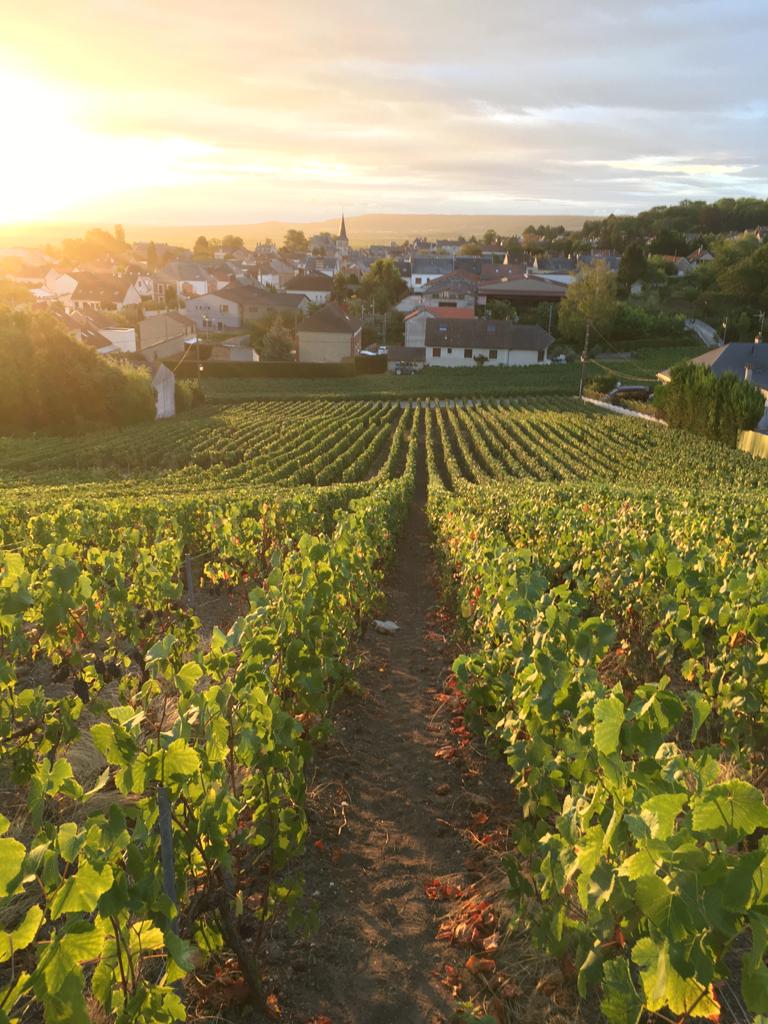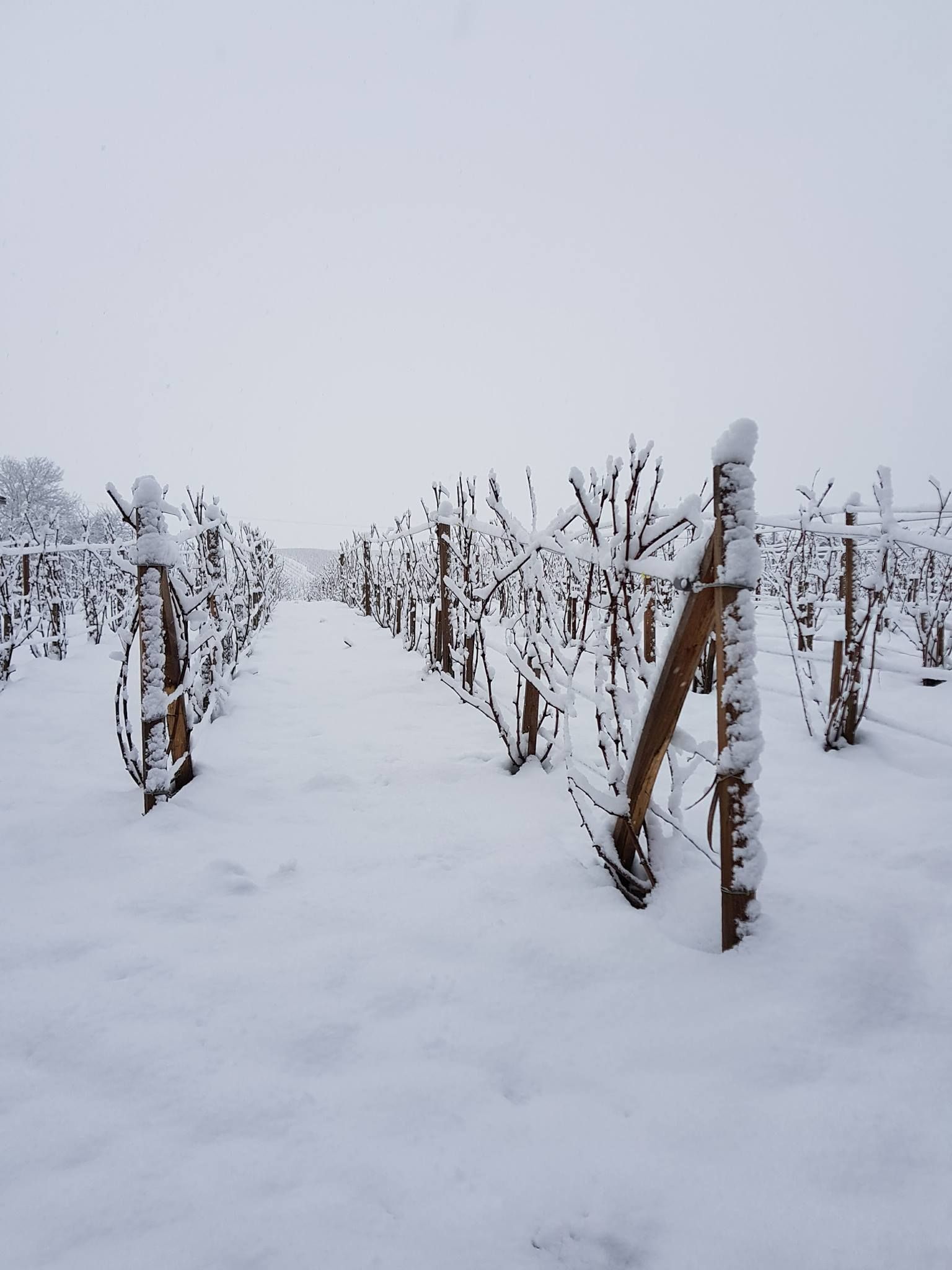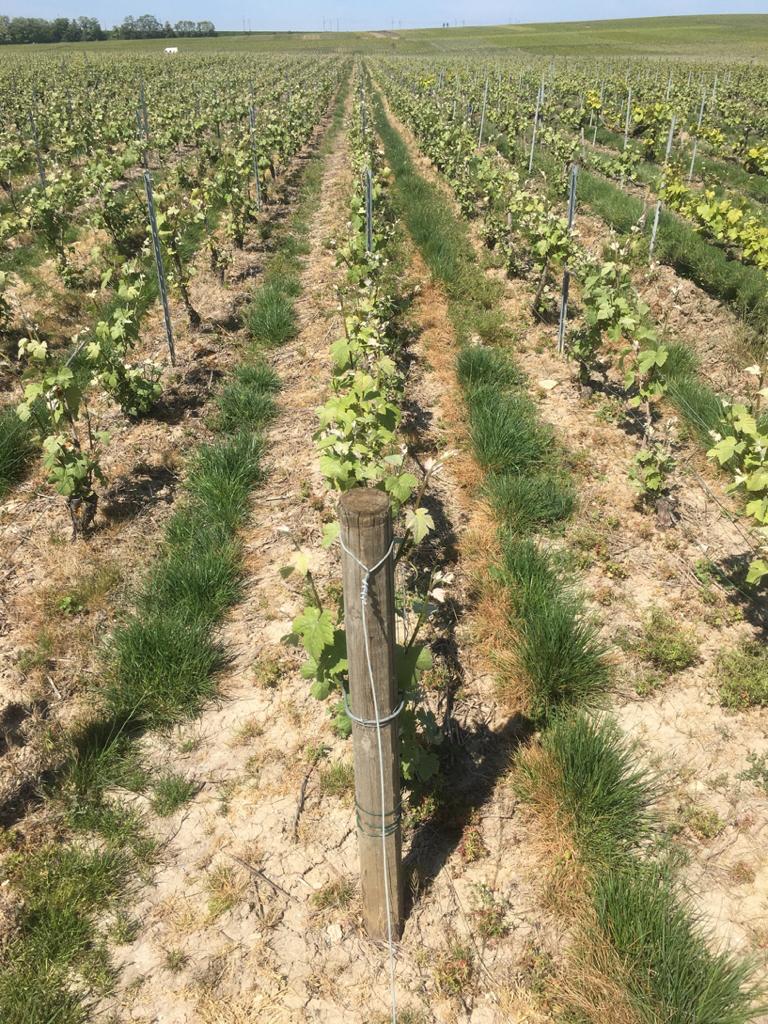Our Terroir
Lepitre vineyard are located in the Rilly-la-Montagne terroir.
The proximity of our plots of land to the estate and their unity
of place, a particulare feature in Champagne, characterize
us and allow us to give the vines special care.


Our specific climate
The champagne terroir is the northernmost winegrowing region in France. Our region has a continental climate with oceanic influences. On the one hand the climate is reputated to be cold with winter frosts but it can become very hot with strong sunshine in summer, accompanied by regular and moderate rainfall. The average annual temperature reaches 10°C ( 50°F) which is the limit of the vine’s cold tolerance.
First of all, you should know that Rilly-la-Montagne is the northernmost village of the Montagne de Reims and is therefore exposed to a cold climate and a humid westerly wind! As a result, our vineyards suffer and grow in adversity, a hostile environment of cold and humidity. The roots plunge into the soil to protect themselves and draw nutricuts from the soil. That is why the height of our vines is lowest than in the other French vineyards such as the Rhone valley or Provence. The suffering of our vineyard creates the complexity of the wines. This specific cold climate results in wines that are very high in acidity, part of reason why champagne can keep well and one of the elements that distinguishes champagne from any other sparkling wine.
In addition, at the top of our village is a forest called “la Montagne de Reims” which creates a microclimate. This forest helps to soften the harshness of the winter cold by making a “barrier” to the west wind and cools down the temperatures of the summer drought to allow optimal conditions for the champagne winegrowing!
Our specific relief
Let’s first look at the exposure of the vines to the sun. In our latitudes, the sun’s rays arrive at an angle. To optimize the sunshine, the ideal is to plant the vines on the hillsides, this will favour a good ripening of the berries.
The orientation of the exposure of the vines also plays an essential role. The majority of our vineyard has been planted with a south and south-east orientation, which is much sought-after by the winegrowers of the Montagne de Reims because it is the orientation that allows the most light to enter and thus gain in heat … to obtain the right balance between sugar and acidity.
In Champagne, it is customary for the vine to suffer in order to produce quality grapes. It must undergo moderate hydric stress to favour the concentration of sugars and polyphenols in its grapes. The plantation on hillsides and the south and south-east exposure go in this direction by optimizing the drainage and by limiting the water supply to the vine.
The hillsides have a higher altitude, so the climate is cooler. What are the effects on the Champagne wine? Its freshness and acidity.

Our limestone subsoil
Very often, visitors to the Champagne region who stroll through our vineyards are surprised to find little pointed shells on the floor, as if they were on the sea ! They are witnesses to very ancient times, when the sea covered the plain of Champagne. Over the millennia, these marine animals deposited a large layer of limestone forming the champagne chalk of our subsoil in which the shells of these marine molluscs could not dissolve, but rose slowly over the centuries to ground level. The result is that today they appear astonished to our eyes!
The soils, depending on the Champagne region, are composed of clay, marl and various types of limestone.
This diversity of soil contributes to distinguish the wine of the Montagne de Reims by its typicity.
On the one hand, the clay-limestone soil and the limestone subsoil of our terroir reflect the rays of the sun that bring warmth and light to the vine.
On the other hand, the chalk is also a water reservoir that guarantees a sufficient supply for the vine and ensures a good drainage of the soils as the clay structure, very favourable to the hydration of the vine.
The soil is an important factor in the gustative quality of the wines which leads to different typicities in the mouth. For example, we find in our wine a hint of grapefruit or even lemon rolled up with mineral notes, all brought by the subsoil limestone from our terroir.
